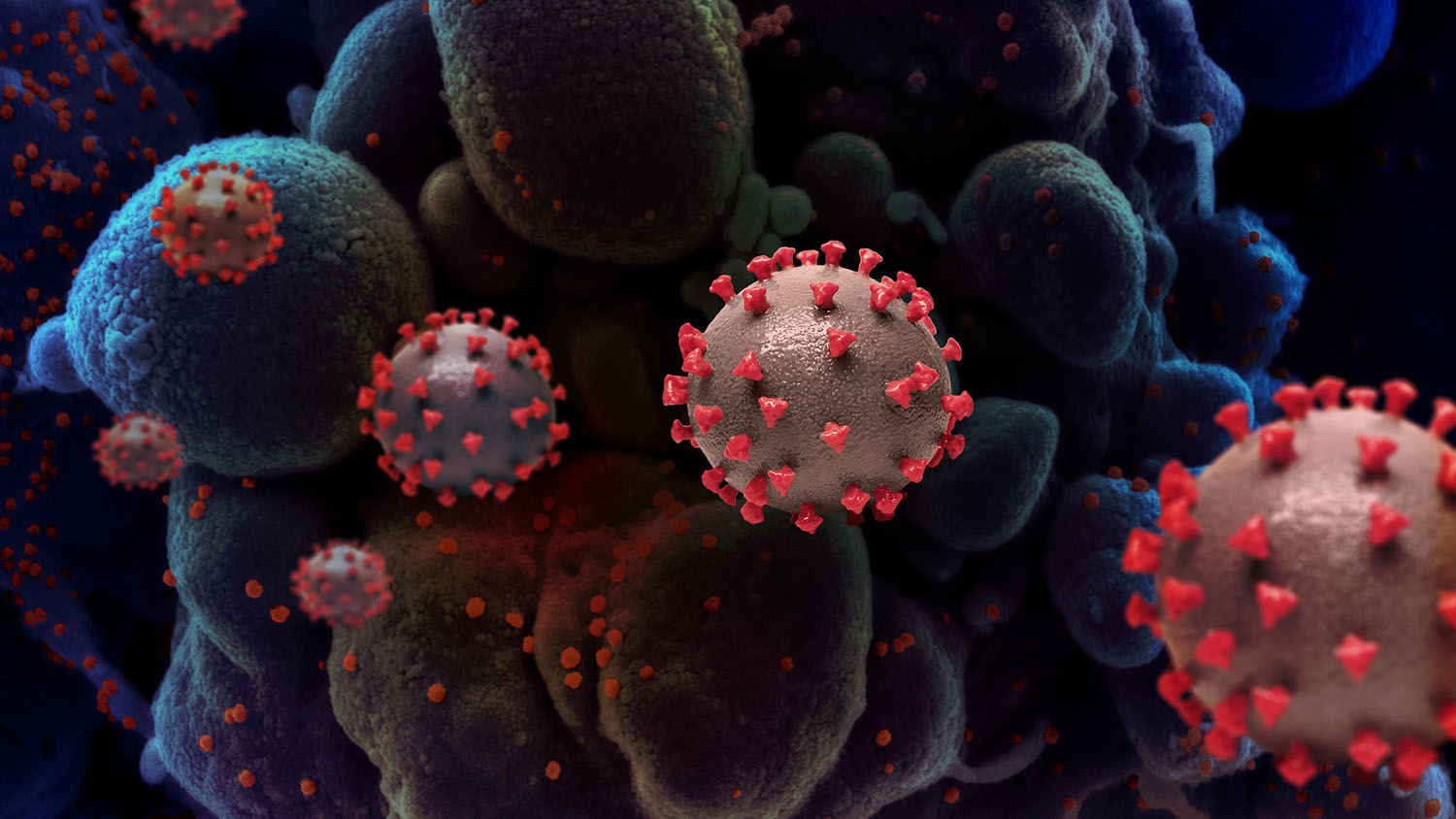Chi84
Premium Member
Maybe I asked because, as a vaccinated person, I'm having a hard time finding a good reason to continue with all the mitigation measures that are being recommended. If I knew that my coming into contact with an unvaccinated person would cause a mutation to occur, I would feel my efforts were worthwhile and justified.I haven't seen this presented as the reason in an official presentation. Just from my infectious disease doctor wife. Says random internet guy.
But, all of the official statements have been very consistent "while spread is high, mitigations are necessary even for vaccinated people".
They really need to add some direct statements of "why" not just "because the guidance says that". The reporting is even worse, just once I want an interviewer to ask a follow-up question "why?".
From the CDC link:
It's three fourths down the page. The details behind the top line bullet. I can see where someone reading this far gets this and thinks "didn't you just spend half the page telling me how great the vaccine is, what's the reason for this", and there's nothing there explaining why. For that matter, the first sentence could be read as "you're vaccinated you're totally fine" and then immediately they say "but when there's lots of not fine people around you need to use other mitigations too".
It's definitely a mixed message. It's been consistently presented that way, so there's clearly a reason. Combine that with the "concern", read as "we don't know, but we're looking at it" for how variants and the vaccine interact. Then this seems like a likely reason.
I'm sure our doctor posters here can comment on why they think it's been this message and how it parallels antibiotic comparison.
PS: You can totally doubt it. And, if someone finally asks the why or has another guess, I'm open to hearing it.
The reason I mentioned President Biden's 100 day request (in an earlier post) is because it conveys a clear message - I think people can understand that it's only fair to wait until everyone has a chance to be vaccinated before jettisoning the masks and social distancing. It seems now we're looking at the 4th of July instead.
Currently, the CDC is telling people that it's vital to get these highly effective vaccines, but to continue mitigation because (1) the vaccines may be less effective against variants (they're not really sure how much) and (2) people who are vaccinated may still be infected and capable of transmitting the virus (they're not really sure how much). People then see reports saying that the vaccines do appear to be effective against the variants and in any event vaccine makers are tweaking the vaccines. They also see real world evidence and further testing by the vaccine makers showing that it's highly unlikely that a vaccinated person is transmitting the virus.
I agree 100% with your statement that the powers that be need to provide a clear reason to support what they are asking people to do - especially if they expect people to follow these measures after anyone who wants a vaccine can go to the nearest pharmacy and get one.
As I said earlier, I don't support requiring masks for any purpose other than curtailing the pandemic. But I can clearly understand the motivation to use them as incentive for people to get vaccinated, and quickly. Like it or not, right or wrong, the clock is ticking on staying home, avoiding travel, social distancing, and wearing masks.

